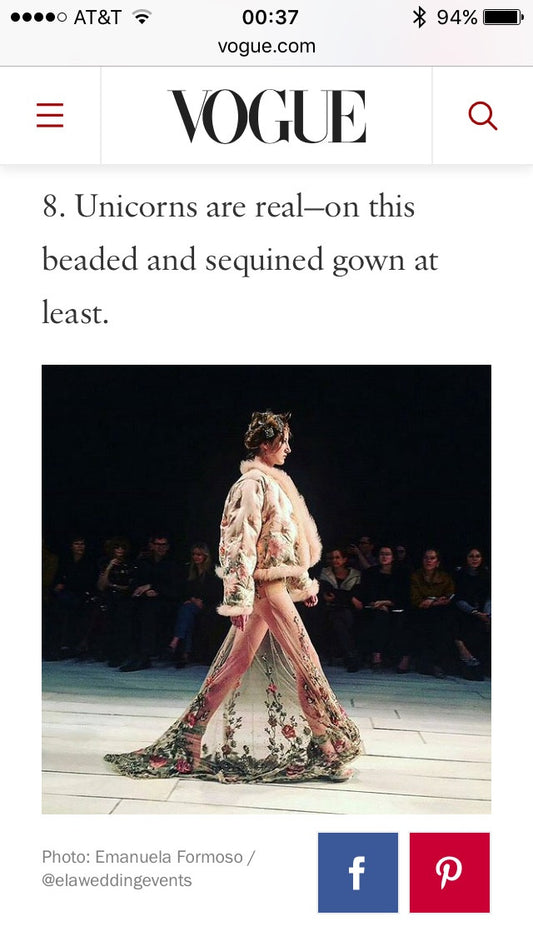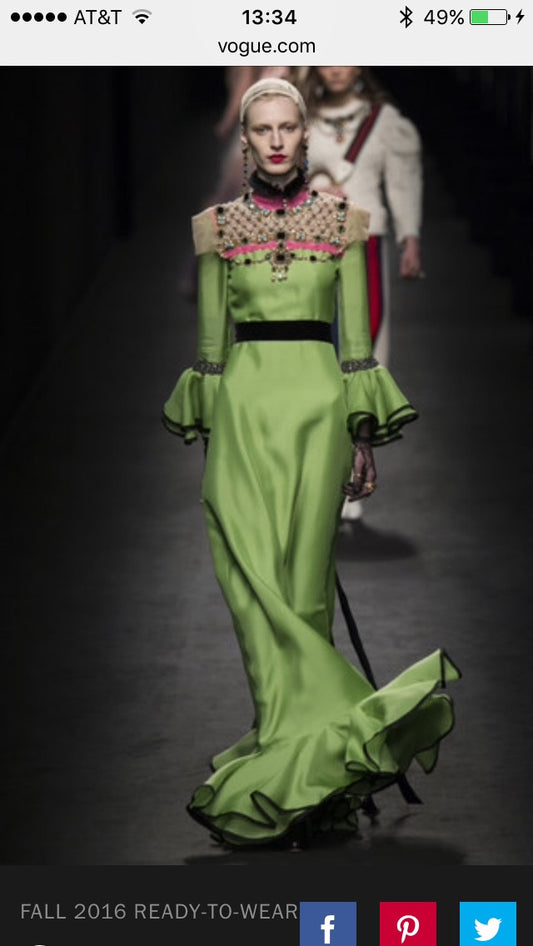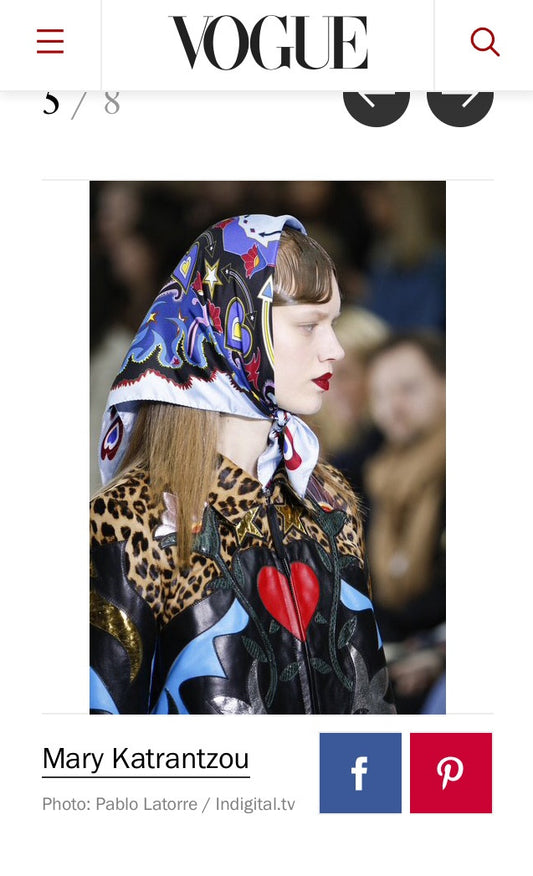talkingfashion

Alexander McQueen Fall'16 Special love to Jewe...
What can I say.. I love Alexander McQueen period. Always did and will. Loving Sarah's new collection since when as well :) The amazing gown shown as featured image here...
Alexander McQueen Fall'16 Special love to Jewe...
What can I say.. I love Alexander McQueen period. Always did and will. Loving Sarah's new collection since when as well :) The amazing gown shown as featured image here...

Gucci Show Fall'16 Where to begin? talkingfashion
Yesterday I was reading Vogue's review on the show, and I could not agree more with their comments. OMG where to start? It was incredible and crazy good all over!!...
Gucci Show Fall'16 Where to begin? talkingfashion
Yesterday I was reading Vogue's review on the show, and I could not agree more with their comments. OMG where to start? It was incredible and crazy good all over!!...

Scarf and talkingfashion girls will always be B...
I loved in the past and I still love now...Whenever I see scarfs worn as head-pieces like that, I wish for more woman like that out there. There is something...
Scarf and talkingfashion girls will always be B...
I loved in the past and I still love now...Whenever I see scarfs worn as head-pieces like that, I wish for more woman like that out there. There is something...
TJ Horst Couture Coat and other fabulous pieces...
I love this look from a show we did back in 2009? Model was wearing: Prada wool leggings (sold), Horst Couture Coat (private collection not for sale), Valentino Caravani...
TJ Horst Couture Coat and other fabulous pieces...
I love this look from a show we did back in 2009? Model was wearing: Prada wool leggings (sold), Horst Couture Coat (private collection not for sale), Valentino Caravani...
